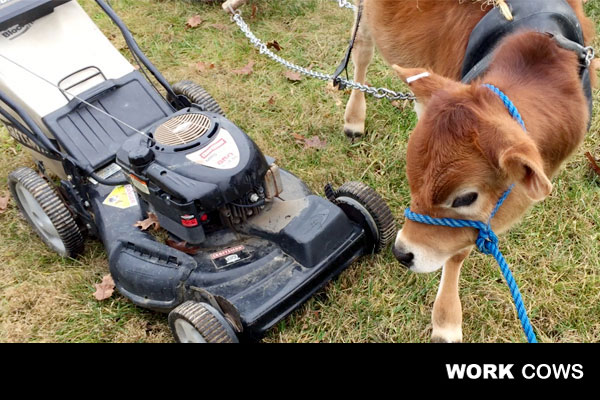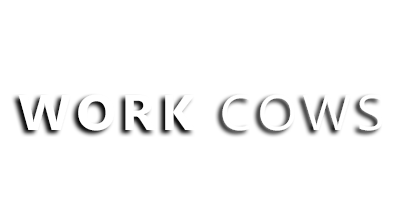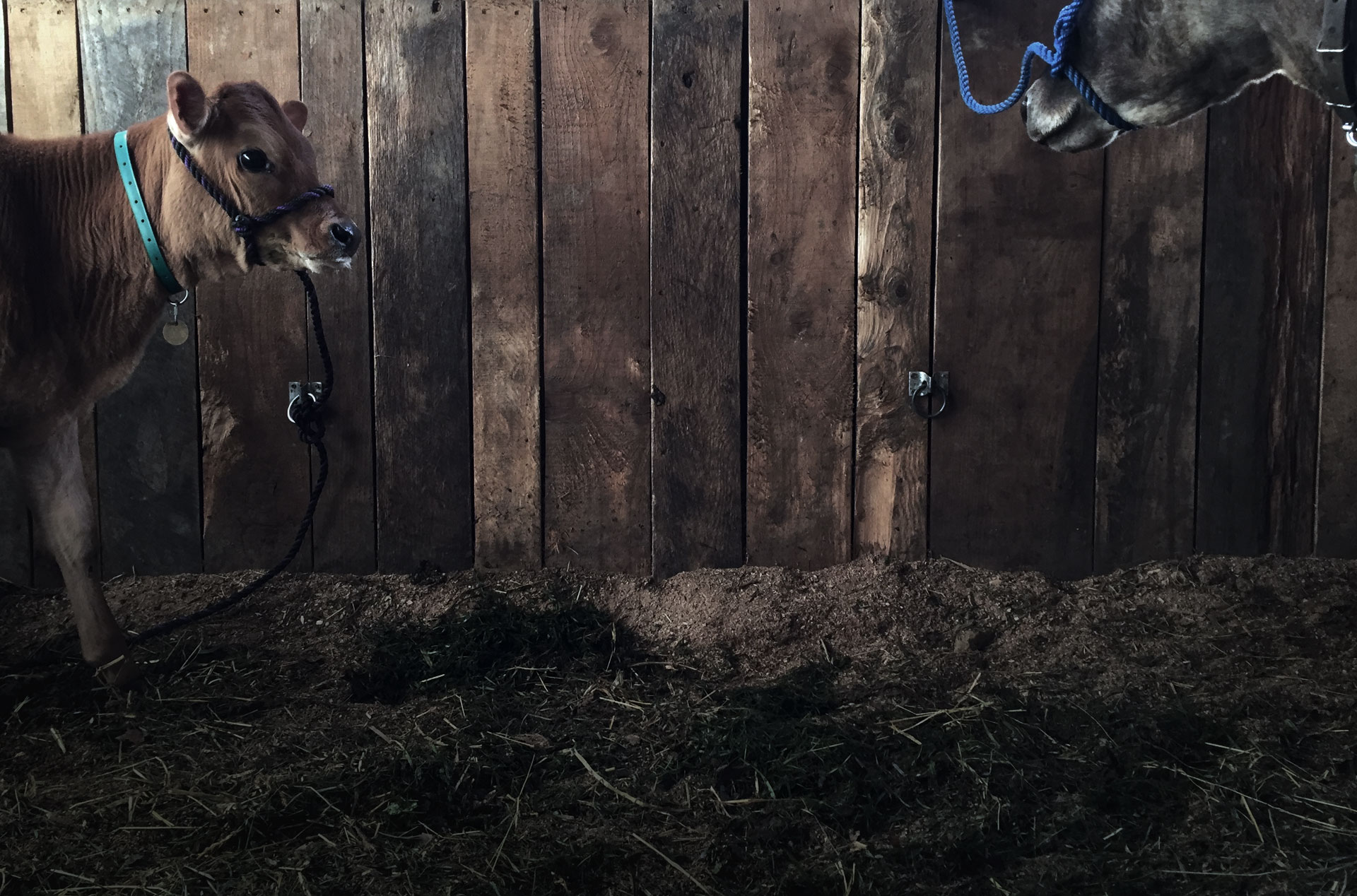
01 Dec The Three Purpose Cow: Providing Milk, Meat and Power for the Small Farm
When families set out to build a farm or homestead, the decision to add a dairy animal is often included in the process as a way to provide a source of fresh milk and cheese for the household. While some of these families may opt to milk a dairy goat or two, most will ultimately decide that a family cow will offer the widest range of benefits for their investment of time and money.
Jersey Cow Milk – The Lifeblood of the Farm
While bovine breeds can provide some benefits in a small farm setting, the Jersey is often chosen for many excellent reasons. Because it has a smaller frame as an adult than larger dairy breeds, such as the Brown Swiss or Holstein, it has smaller nutritional requirements, making it more suitable for homesteads and small family farms. Even though physically smaller in size, it is famous for producing a consistently large volume of milk with the high butterfat content and rich taste that is perfectly suited for both drinking and making butter, cheese and ice cream.
Excess milk, including whey and skimmed milk left over from making cheese or butter is essentially a lifeblood for the entire farm, providing an excellent protein-rich supplemental feed for poultry and swine, as well as a fertilizer for improving and nourishing the soil in gardens, orchards and pastures.
In states where raw milk sales are legal, milk not needed by the family or as supplemental feed and fertilizer can be sold directly from the farm, producing helpful income.
Jersey Cows: Providing Quality Beef For Home Use or Profit
Another benefit to keeping one or more Jersey cows on the small farm or homestead is their ability to care for their own calf, along with other foster calves which can provide beef for the home or sold for profit. When managed carefully, one healthy, Jersey cow can make enough milk to successfully raise two, three or even four calves at a time. If desired, the farmer can wean foster calves at the age of twelve weeks, and then introduce another set of calves for the cow to feed. In a typical lactation of nine to ten months, a Jersey cow working in this manner could successfully wean three sets of calves, plus her own calf, all of which can be raised and sold for beef or, if the calves are heifers, sold as replacement dairy heifers.
Many small farmers are also finding a market for calves as milk fed beef, sometime called rose veal. Sought after by gourmet chefs around the country because of the unique flavor and tenderness, rose veal is produced by the combination of a generous amount of milk from the cow, along with the nourishment of grazing on grass and natural forages. Unlike traditional veal where calves are kept in inhumane conditions and force fed, the calf that will be harvested as rose veal enjoys the freedom of sunshine-filled pastures and a happy, healthy bovine life.
In addition to rose veal, weaned calves that are raised to maturity on a diet of grass and natural forages is much in demand by local food enthusiasts who understand that grass fed beef is far superior to commercial beef that has been raised in a feedlot setting. Although a sensitive topic, it is important to remember also that when the Jersey cow is no longer able to produce or care for calves, they can also be humanely harvested as beef for the family.
Power: Harnessing Additional Benefits from the Jersey Cow
While no dairy cow can or should be expected to perform the heavy hauling and pulling work commonly done by large draft horses, mules or oxen, the Jersey’s intelligence and willingness to learn offers another benefit to the small farm that some may find surprising.
When chosen carefully and then patiently trained, many Jersey cows are eager to perform light work on the farm, such as:
- pulling manure carts
- pulling a small plow and some types of farm implements
- pulling light buggies for short excursions
- pulling light wagons to deliver water, feed, hay or supplies around the farm
- pulling a sleigh or sled on snow
- pulling garden carts to collect vegetables during harvest
- dragging skids or lightweight timbers, posts and small logs
- powering a sorghum mill or other types of animal-powered machinery
- working as a pack animal on the farm
Historically, pioneer families often found it necessary to consider their dairy animal as a working member of the farm, and not just a producer of milk.
Before deciding to add a dairy cow to your farm for use as a draft animal, it is important to understand the special care the dairy cow will require when called upon to work. To remain healthy, dairy cows -especially those that are grass fed – must have sufficient access to quality pasture or hay to maintain rumen health. If worked for long periods of time, or in very stressful conditions, the cow may not be able to consume enough grass or hay to maintain her body condition and energy levels, as well as nurture a gestating fetus and produce milk for the family and her current calf.
Keeping work and training sessions brief and ensuring that the pasture and hay quality is optimal is the best way to keep a working Jersey cow healthy and in prime physical condition. In addition, paying special attention to the needs of the cow during inclement weather or when she is nearing the end of her gestation or newly freshened is a must to maintain her health and physical condition.
If the thought of adding a three purpose cow to your homestead or farm sounds intriguing, we encourage you to explore the possibility with an open mind. Take time to decide what goals you hope to achieve through owning this type of cow and if your farm situation and lifestyle would be a good fit, as well.

